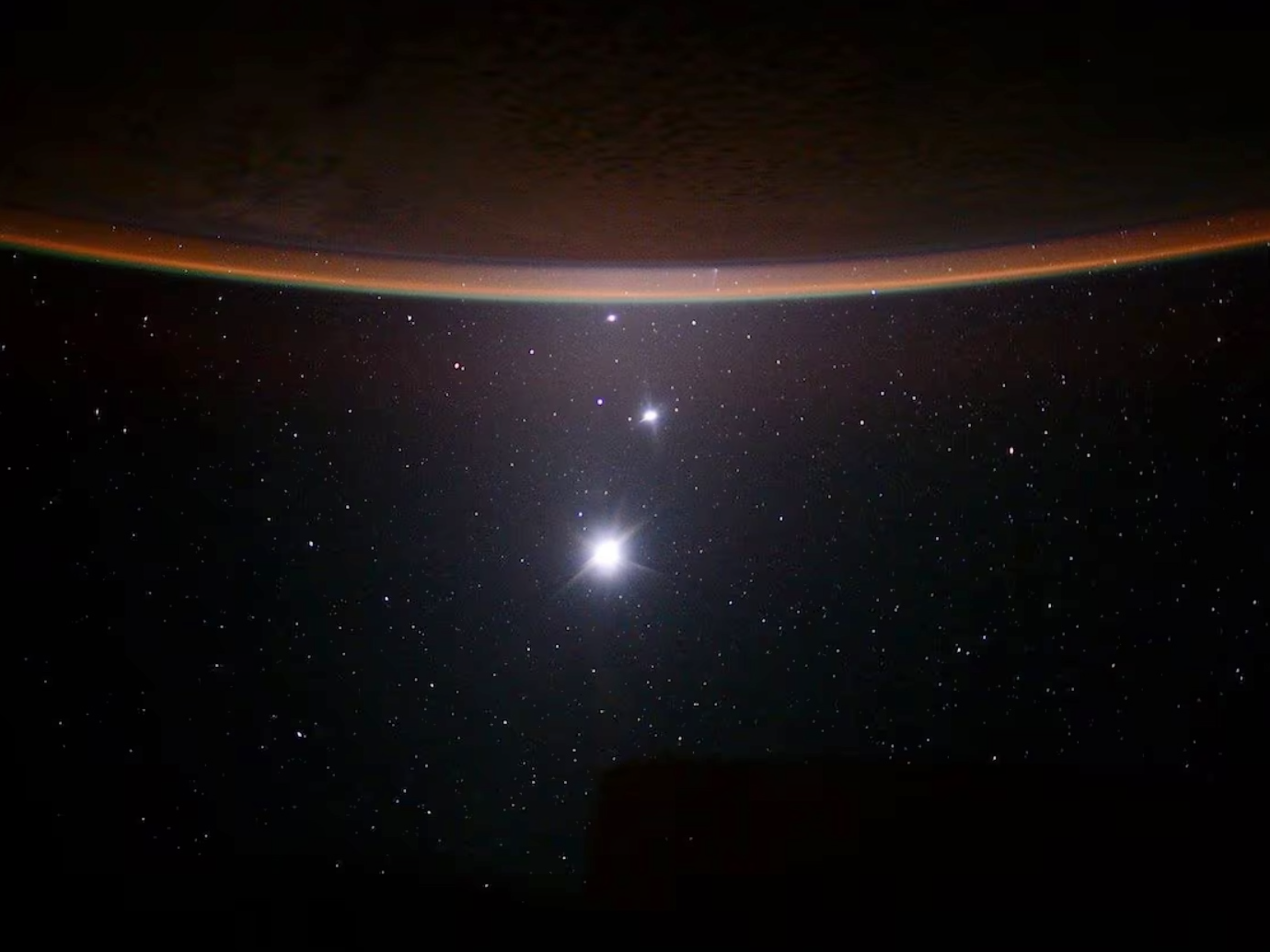Incredibly rare ‘planet parade’ to take place tonight
Jupiter, Mars, Mercury, Uranus, Venus and the Moon all line up for the last time until 2040

Five planets will align in the night sky on Tuesday in a celestial lineup that will not occur again for 17 years.
Jupiter, Mars, Mercury, Uranus and Venus will all be visible at the same time in an ultra rare planetary alignment, which Nasa has dubbed a “planet parade”.
The Moon will also be in view, nestled near Mars in a line stretching from the western horizon to halfway up the night sky.
The best time to see the astronomical phenomenon is just after sunset on 28 March, with both Mercury and Jupiter set to disappear from view within an hour of the Sun going down.
It will be possible to view the alignment from anywhere on Earth, so long as the weather is clear, there is not too much light pollution, and the view of the western sky is unobstructed.
No special viewing equipment is necessary, though astronomers warn that not all of the planets are easy to spot.
“Jupiter, Venus, and Mars will be easy to spot, as they shine very brightly. Mars will be located closest to the Moon, distinguishable by its reddish glow, and Venus will be one of the brightest objects in the sky,” the Lowell Observatory in Arizona noted.
“Mercury and Uranus will be a bit more difficult to spot, so this will be a great time to use binoculars or a telescope if you have them on hand. If not, you will be able to see them with your unaided eye if you look closely and eliminate any unnecessary light sources in your viewing area.”
The spectacle was also visible on Monday night, with people around the world sharing their images of the rare event.
The sunset is just before 7.30pm in the south of England and closer to 8pm in the north of Scotland.
Weather on Tuesday is relatively unfavourable across large parts of the UK and Ireland, according to the latest forecast from the Met Office, with rain and cloud cover set to obstruct views of the planetary alignment.
Breaks in the cloud will offer some chances of viewing the event, particularly in the midlands and Northern Ireland.
Join our commenting forum
Join thought-provoking conversations, follow other Independent readers and see their replies
Comments
Bookmark popover
Removed from bookmarks